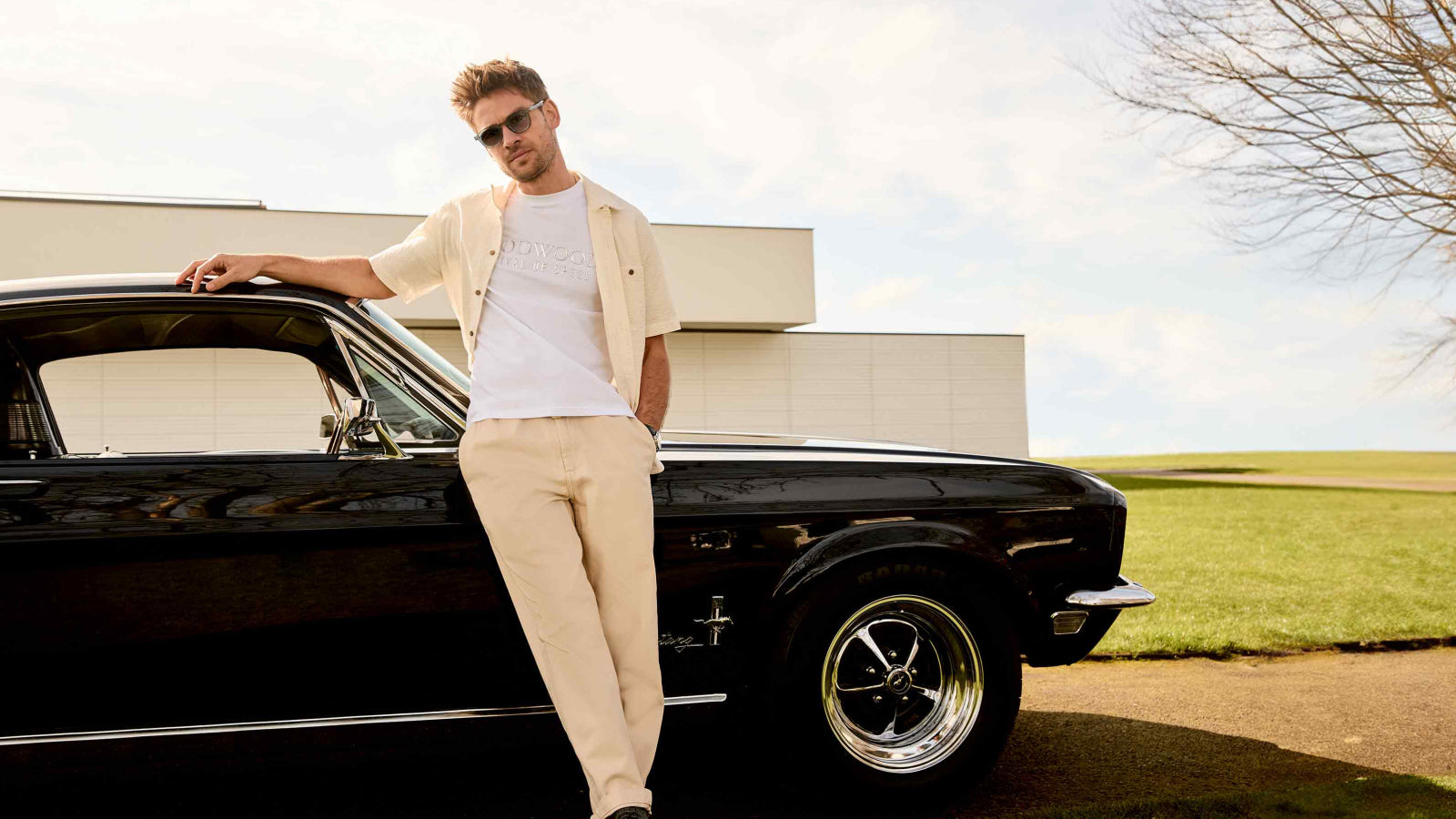Defying the odds: Johnny Herbert on his Silverstone triumph
“I was literally screaming in the car,” says Johnny Herbert when he recalls the final laps of his famous 1995 British Grand Prix win, achieved on this day 30 years ago.

But these were not screams of joy. Herbert was in searing pain, just as he was towards the end of most of the 160 Grands Prix he drove between 1989 and 2000.
Seven years before his breakthrough Formula 1 home win for Benetton, a Formula 3000 crash at Brands Hatch changed his life forever. Double head-on impacts — the first with a bridge parapet, the second with a naked steel barrier — left his feet in a dreadfully mangled state.
That Herbert came back at all from the horror shunt to win three Grands Prix, plus the 1991 Le Mans 24 Hours for Mazda, is little short of a miracle. But he knows, as do all of us who watched him race on the single-seater nursery slopes, that with two good feet his tally would have been so much more. Herbert was tipped as a future World Champion before that fateful day at Brands Hatch in August 1988.
Flash-forward to Silverstone on 16th July 1995, for once the cards were falling in Herbert’s favour. Earlier on, Damon Hill had bungled a pass on Herbert’s team-mate Michael Schumacher, leaving both the Williams and Benetton in the Silverstone gravel. David Coulthard in the other Williams had been a pest and got past, but a pitlane speeding penalty had now knocked him back. After everything — the operations, the setbacks, the endless physio, the constant pain — here Herbert was, about to win his home Grand Prix.

It’s just a shame that, as usual, he found himself distracted by the sheer effort of simply driving.
The toe that “got chopped off and stitched back on,” as he puts it, caused him agony in the cockpit from the constant shift from throttle to brake, brake to throttle. “I thought, I have to find a way to get around this, I cannot carry on,” he says. “I could do left-foot braking, but braking is all in your ankles – and neither of mine move.
“In those laps at Silverstone I learnt I could do one lap left-foot braking, two laps with the right foot, then another with the left. That relieved the pain.”
Instead of feeling the pedal through the tips of his toes and moderating pressure through his ankle like normal racing drivers, Herbert had to rely on sensations through his knees and hips. Unnatural, but when you don’t have a choice, needs must.
On the team radio, engineer Tim Wright knew what Herbert was going through. “Oh yes, I was very much aware of it,” he says. “He confessed quite early on that year that it was going to be a bit of a struggle for him because he was still recovering, in a way. I always felt that was in his mind and up against a really fit Michael Schumacher you’re on a hiding to nothing.”

But Wright has overwhelmingly happy memories of Silverstone 1995. “I have a picture of Johnny which he’s signed, saying he’ll never forget me on the radio in that race. Once Damon and Michael had taken each other out, I had Flavio [Briatore, Benetton’s ‘colourful’ team chief] sat next to me constantly going on.
"At the corner just after Bridge, the Priory left-hander [where Hill had hit Schumacher], Johnny would leave the door open a little bit [to the chasing Coulthard] and Flavio kept saying, ‘Tell him to close that gap!’ I was constantly talking to Johnny through the rest of that race.
“To win was fantastic for the team and for Johnny. Winning the British Grand Prix — you couldn’t get much better than that. In a way it was lucky because Coulthard had the penalty for speeding in the pitlane, otherwise I think he would have got Johnny. But it was a great day.”
The knowledgeable and partisan Silverstone crowd understood what this meant. Among them was this writer, working as a spectator marshal between the Abbey chicane and Bridge. I’d been at Brands in 1988, too, then as a teenage fan with a growing belief that Herbert really was the real deal.

The mood in the wake of his accident was among the worst I’d ever experience at a race track, especially as we could have no idea in those pre-internet days just how bad it might be. Now, to witness him winning the British Grand Prix all these years later — it was a day never to be forgotten.
Later that September, history repeated when Hill once again rear-ended Schumacher at Monza as they fought for the win at the Italian Grand Prix. Once again, Herbert was there to pick up the pieces to score his second F1 win. As Schumacher stroked to a comfortable World Title that year, his second in succession, Herbert’s points contributed to land Benetton its first — and as it turned out only — Constructors’ World Championship.
Following a stint at Sauber, Herbert joined Stewart Grand Prix in 1999 and at a rain-affected European Grand Prix at the Nürburgring, he made another spot of history by taking Jackie Stewart back to the top of an F1 podium, this time as a constructor.
One final season under the team’s new guise as Jaguar and Herbert was done with F1, at least as a racing driver. He almost added to his Le Mans win tally, with a trio of runner-up finishes in an Audi, Bentley and an Audi again, and raced on until eventually hanging up his racing boots in 2012.

Well, at least officially. Today, Herbert loves nothing more than to trailer his own kart to a circuit for some laps in open test sessions, to complete the circle back where he began.
So, glass half-empty or half-full? Cheerful Herbert tends to incline towards the latter, because that’s his character. He also tends to be thankful for what he has got and what he achieved rather than what could have been. But he knows. We all do.
“No one today would touch me with a bargepole!” he says of his post-injury self if he was attempting to forge a Grand Prix career in the modern era. “I found a way, but it was never perfect. The three wins I got, they weren’t perfect. But I’m glad I was able to find the strength and not give up.
“There were frustrating times, I was never going to be a World Champion, but I was there or there abouts,” he says of his F1 career, in which he drove for Benetton (twice), Tyrrell, Lotus, Ligier, Sauber, Stewart and Jaguar.
“Was that good enough for me? No. That’s not what my dream was, that’s not where I was in 1988. I was on such a high that I could beat anybody, anywhere, any track, any car. That left me after Brands Hatch. It never, ever came back.”
Images courtesy of Getty Images.
formula 1
f1
Johnny Herbert
f1 1995
silverstone






